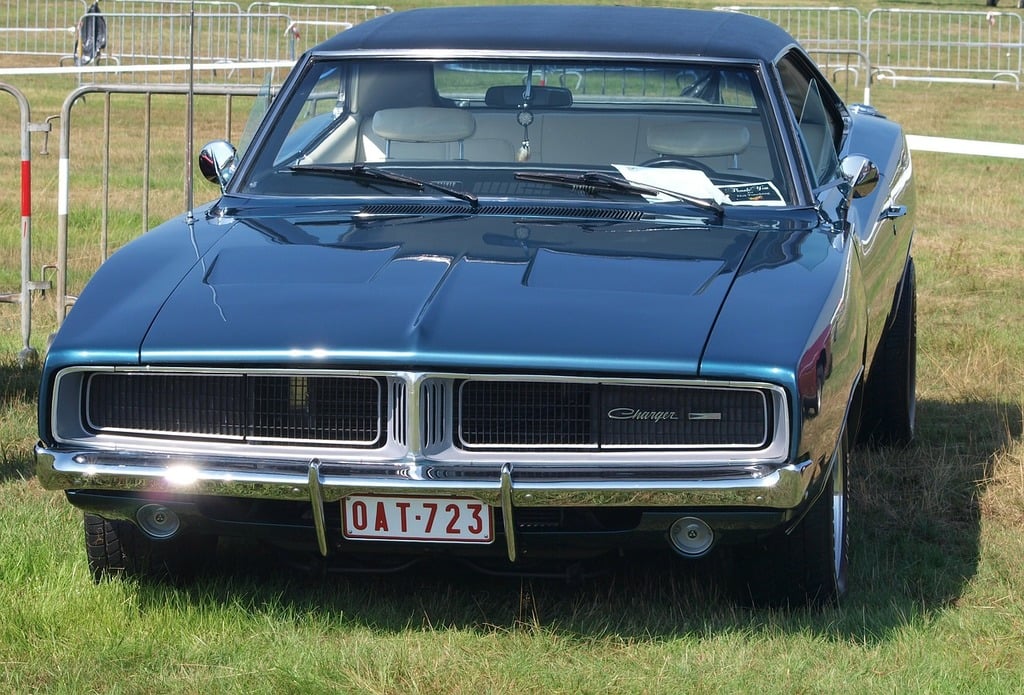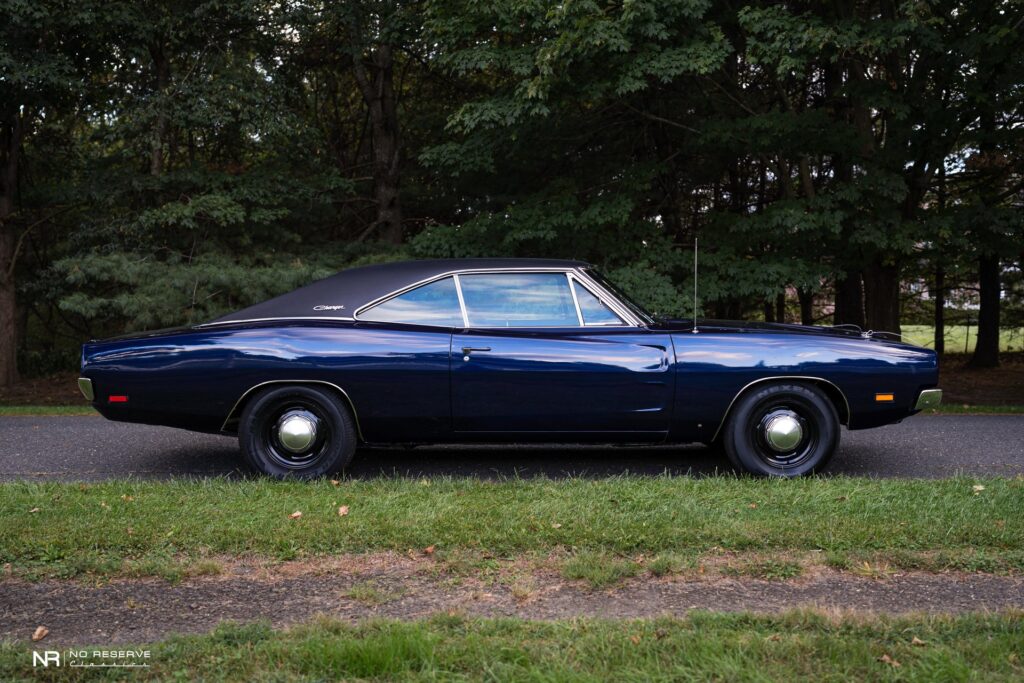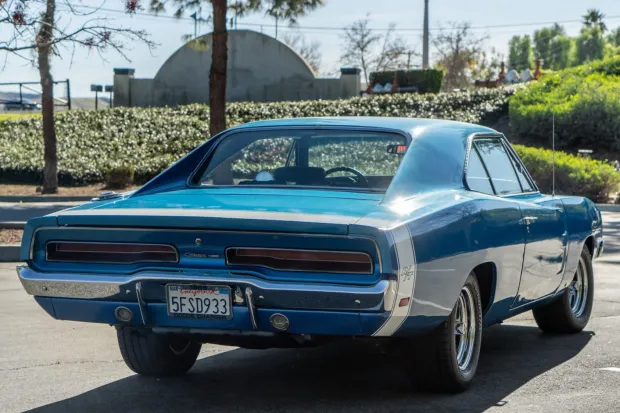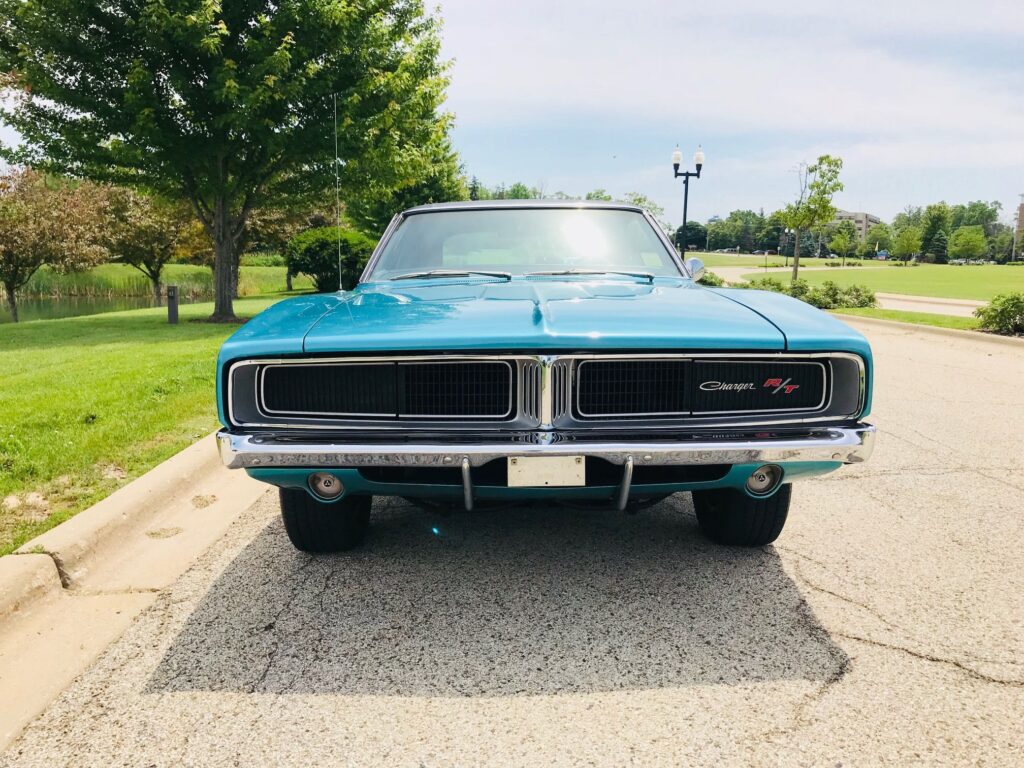The Dodge Charger stands as one of the most recognizable and influential vehicles in American automotive history. From its inception as a show-stopping muscle car in the 1960s to its modern incarnation as both a four-door sedan and electric powerhouse, the Charger has continuously evolved while maintaining its performance DNA. This comprehensive guide explores the fascinating journey of the Dodge Charger through eight generations, highlighting its technical innovations, cultural impact, and enduring legacy.
The mid-1960s marked a transformative era in American automotive design, with manufacturers racing to capture the growing market for performance-oriented vehicles. While Ford had struck gold with the Mustang in 1964, Chrysler’s Dodge division sought to create something different—a more substantial, upscale performance car that would appeal to mature buyers seeking both luxury and power.
The Charger’s story begins with a 1964 show car based on the Dodge Polara, followed by the 1965 Charger II concept that more closely resembled what would become the production model. When the first-generation Charger debuted in mid-1966, it made an immediate impression with its distinctive fastback roofline and hidden headlights—design elements that set it apart from competitors.
Built on Chrysler’s B-body platform and sharing components with the Dodge Coronet, the first Charger featured:
Despite its impressive specifications and unique styling, the first-generation Charger saw modest sales with approximately 37,000 units in 1966, dropping to around 15,000 in 1967. The car’s relatively tall appearance and long overhangs didn’t quite capture the market as Dodge had hoped, leading to a dramatic redesign for the following generation.

When automotive enthusiasts picture a classic Dodge Charger, it’s almost invariably the second-generation model that comes to mind. The 1968-1970 Charger represents the pinnacle of muscle car design, with its iconic “Coke bottle” styling, menacing front end, and powerful engine options making it an instant classic.
Dodge’s designers created something special with the 1968 redesign, partially developing the car in a wind tunnel—unusual for the era. The result was a visually striking vehicle with:
The second-generation Charger exceeded all expectations, with production jumping to over 96,000 units in 1968. Its popularity was further cemented through racing success and the creation of special models like the Charger 500 and the aerodynamic Charger Daytona with its distinctive nose cone and towering rear wing.
This era of the Charger has been immortalized in popular culture, most notably as the “General Lee” in the television series “The Dukes of Hazzard” and as Dominic Toretto’s menacing black Charger in the “Fast and Furious” film franchise.

As the 1970s dawned, changing regulations and the looming fuel crisis forced American automakers to adapt. The Charger was no exception, with the third generation (1971-1974) reflecting these new realities while attempting to maintain the car’s performance credentials.
The third-generation Charger featured:
By 1975, the Charger had transformed significantly with the fourth generation (1975-1978). Moving further from its muscle car roots, this iteration positioned itself in the personal luxury car segment, competing with vehicles like the Chevrolet Monte Carlo and Ford Thunderbird.
The fourth-generation featured:
Despite the shift away from pure performance, these generations maintained the Charger’s presence during a challenging period for American performance cars.

After a brief hiatus, the Charger nameplate returned in 1981 in a form that would be almost unrecognizable to fans of the original. The fifth-generation Charger represented the most dramatic departure in the model’s history:
While purists might scoff at this iteration, the fifth-generation Charger was a product of its time—an era of fuel efficiency concerns and changing consumer preferences. The Shelby Charger GLHS (Goes Like Hell S’more) represented the performance peak of this generation, with its intercooled 2.2L Turbo II engine producing 175 horsepower and 175 lb-ft of torque.
After a nearly 20-year absence, the Charger made a triumphant return in 2006, though not without controversy. The sixth-generation Charger broke with tradition by adopting a four-door sedan configuration based on Chrysler’s LX platform.
Despite initial resistance from purists, this modern interpretation of the Charger successfully captured the essence of its predecessors while adapting to contemporary market demands:
Engine options ranged from a base 2.7L V6 to the powerful 6.1L HEMI V8 in the SRT8 model, which produced 425 horsepower—a fitting tribute to the 426 Hemi of the past. The sixth-generation Charger proved that the nameplate could successfully evolve beyond its two-door origins.
The seventh-generation Charger, introduced for the 2011 model year, represented a refinement of the four-door formula with enhanced performance capabilities that would have been unimaginable in the muscle car era.
This generation featured:
The Hellcat variants, in particular, redefined modern muscle car performance, with the Charger SRT Hellcat becoming the most powerful and fastest mass-produced sedan in the world upon its release. The Charger Hellcat Redeye could accelerate from 0-60 mph in just 3.6 seconds and reach a top speed of 203 mph—figures that would have seemed impossible for a four-door sedan just a decade earlier.

In March 2024, Dodge unveiled the most revolutionary Charger yet—the eighth generation. Available in both two-door coupe and four-door configurations, this latest iteration marks a paradigm shift with its electric powertrain options:
The eighth-generation Charger demonstrates Dodge’s commitment to maintaining the performance spirit of the nameplate while embracing electrification—proving that the Charger will continue to evolve with changing technologies and market demands.
Few vehicles have permeated American popular culture like the Dodge Charger. Its appearances in film and television have cemented its status as an automotive icon:
Beyond entertainment, the Charger has built a devoted following of enthusiasts who restore, modify, and celebrate these vehicles at car shows and events across the country. The collector market for classic Chargers continues to strengthen, with pristine examples of second-generation models commanding six-figure prices at auction.
Throughout its history, the Charger has competed against various rivals, from the Ford Mustang and Chevrolet Camaro in its early days to the Ford Taurus SHO and Chevrolet SS in its modern sedan form. What has consistently set the Charger apart is its combination of:
This ability to evolve while maintaining its core identity has allowed the Charger to survive and thrive through eight generations spanning nearly six decades—a remarkable achievement in the automotive world.
From its origins as a show-stopping fastback to its current incarnation as both an electric muscle car and four-door performance sedan, the Dodge Charger has continuously reinvented itself while staying true to its performance DNA. Through changing market conditions, fuel crises, and technological revolutions, the Charger has adapted and persevered.
As we look to the future, the Charger’s embrace of electrification suggests that this iconic nameplate will continue to evolve and excite automotive enthusiasts for generations to come. The Dodge Charger isn’t just a car—it’s a living history of American performance, a testament to the enduring appeal of power, style, and attitude on four wheels.
Leave a comment